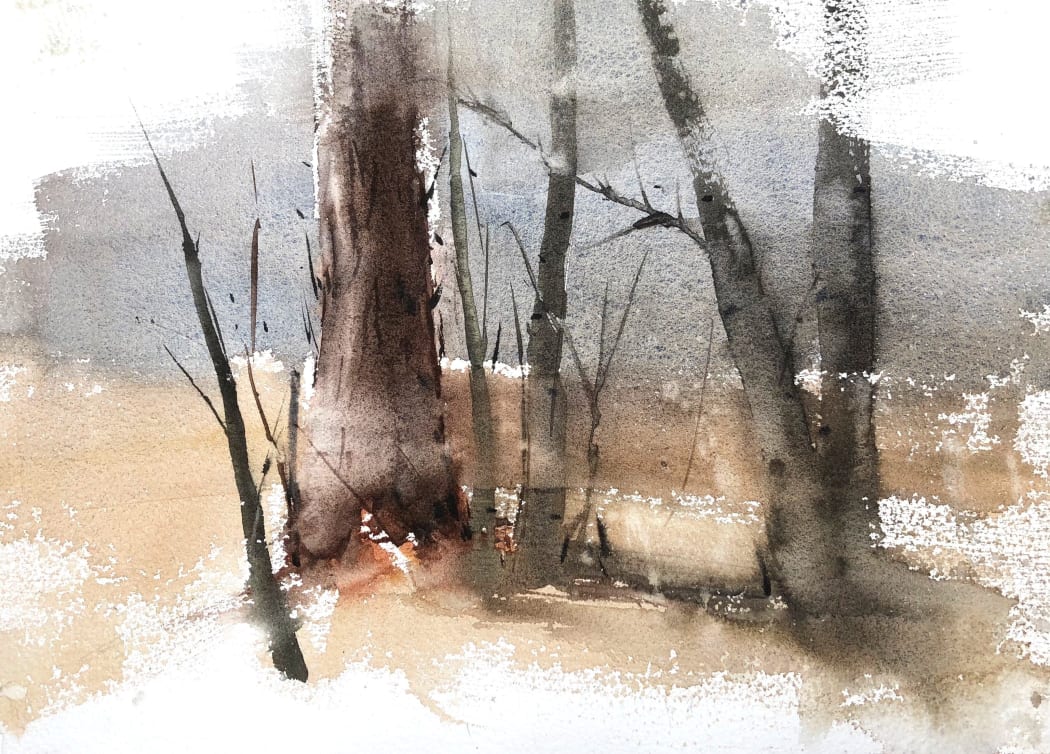
The Case for Watercolour
Historically, water-based pigments and dyes have been used for thousands of years and are among the earliest forms of painting, predating oils. During the Renaissance and later in the 18th and 19th centuries, watercolor was often used for sketches and preliminary studies by artists who primarily worked in oil. This association with preparatory work gave watercolor the perception of being a "lesser" medium. However, in recent years, there has been a resurgence in watercolor as a stand-alone medium, with contemporary artists pushing its boundaries. I like to use its qualities of transparency and immediacy to convey deeper messages about the impermanence of nature and the fleeting moments of time.
Digging deeper, we could ask if there is a difference between what we see and what is painted. Because if art were mere representation, the closest imitation would be most satisfactory. In that case, the advent of photography would render art obsolete. However, that has not been the case, leading to the assertion that it is not the visible appearance of a landscape, but rather what the artist wishes to tell us about it, their inner response, that gives it value. In this sense, I would argue that watercolor is a perfect medium for directly transmitting the artist's gestures on paper. Due to its spontaneous, immediate, and less forgiving nature, every stroke is on display. In comparison, oil paint could be described as an erasive medium, in which the artist often works from dark to light with opaque strokes concealing each other. The watercolorist, on the other hand, works from light to dark with transparent strokes, in a manner of clarity and purpose gained through years of experience to succinctly preserve the paper's luminosity, from which they draw their light.
John F. Carlson, in his book "Carlson's Guide to Landscape Painting" (1958), warns students against working in watercolor in their first year of study, going on to state that, "Watercolor is a master's medium."
With the advent of abstract art, a subtle evolution unfolds, as artists endeavor to convey something beyond the objective representation of nature. When we express nature, it prompts us to question where its boundaries lie. Are we not integral components of nature? In that case, the medium that best enables the transmission of our own essence would be most true to nature and worthy of artistic merit. For all these reasons, I feel it's important to reinstate the value of watercolor and how it can be used to best manifest the internal dialogue of an artist.
References:
'The Meaning of Art' - Herbert Read
'Carlson's Guide to Landscape Painting' - John F. Carlson
'Between Two Cultures' - Wen C. Fong
